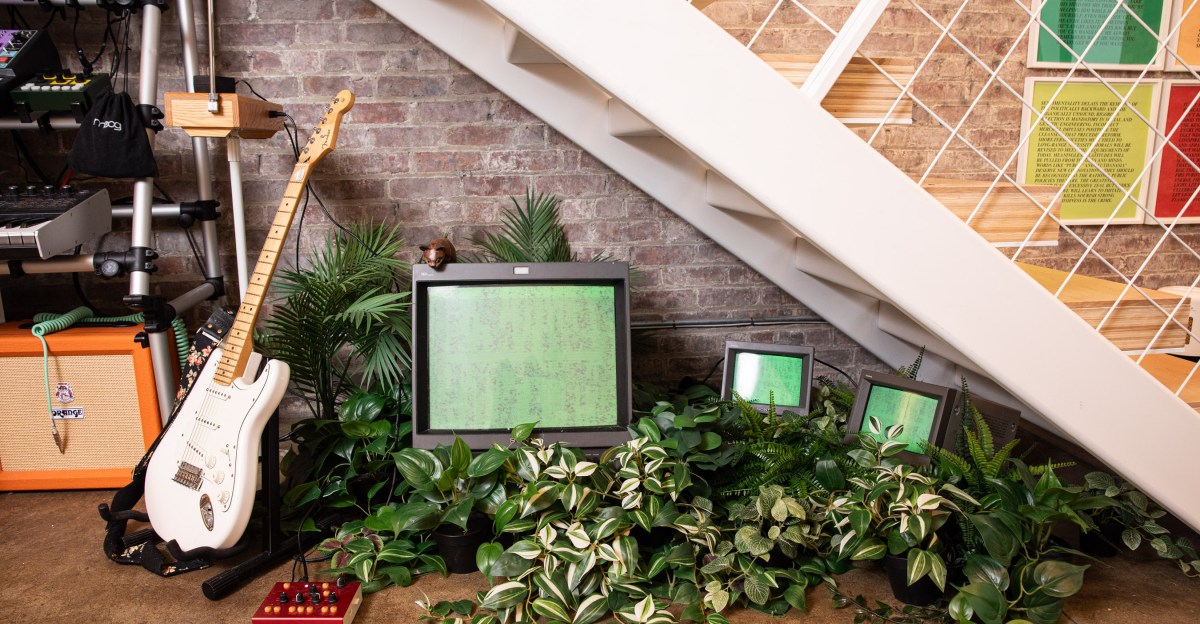Theatrical Sound: A Retro Tech Look – Backstage Pass to Audio History
The roar of the crowd, the whispered secrets of the villain, the soaring crescendo of the orchestra – theatrical sound design isn't just about amplification; it's about crafting an immersive auditory experience. This article delves into the fascinating world of theatrical sound, exploring its retro tech roots and how these vintage techniques continue to influence modern productions. Get ready for a backstage pass to the history of auditory magic!
From Whispering Tubes to Digital Wonders: A Journey Through Theatrical Sound History
Theatrical sound technology has undergone a dramatic transformation. Early stage productions relied on ingenious, yet rudimentary, methods. Imagine:
- Speaking Tubes: These simple, yet effective, tubes were used to project voices across the stage, creating a sense of distance or intimacy depending on their placement.
- Sound Effects via Human Ingenuity: The "rain" effect? Often achieved by shaking pebbles in a tin! Footsteps? Tap shoes on various surfaces. Creative problem-solving at its finest.
- Early Amplification Systems: The introduction of microphones and rudimentary amplifiers marked a significant leap forward, allowing for clearer projection and enhanced control over sound levels.
The Rise of the "Sound Booth": A Centralized Control Hub
The development of the dedicated sound booth revolutionized theatrical sound. This centralized control room allowed sound engineers to meticulously manage various audio sources, enhancing the overall theatrical experience. The evolution of mixing consoles, from bulky valve-based systems to sleek digital interfaces, mirrored advancements in audio technology.
Retro Tech's Enduring Appeal in Modern Productions
While today's theaters utilize sophisticated digital audio workstations (DAWs) and advanced sound systems, the principles established by earlier technologies remain relevant. Many contemporary sound designers still appreciate:
- The Organic Quality of Analog Sound: Some prefer the warmth and subtle imperfections found in analog equipment, feeling it adds character to the auditory landscape.
- The Value of Simple Effects: The power of a well-placed footstep or a strategically timed creak is not lost on today's sound designers; simple effects remain essential tools for enhancing storytelling.
- Understanding the Limitations to Enhance Creativity: Knowing the potential shortcomings of past systems helped shape the resourcefulness and creative problem-solving abilities that remain crucial for sound design even in a high-tech environment.
Blending Old and New: A Contemporary Approach
Modern theatrical sound design expertly blends retro principles with state-of-the-art technology. This fusion allows for:
- Precise Control and Flexibility: Digital tools provide unparalleled precision in mixing and manipulating audio.
- Immersive Soundscapes: Surround sound and spatial audio technologies create realistic and captivating auditory environments.
- Enhanced Realism and Authenticity: By understanding the characteristics of vintage equipment, sound designers can subtly incorporate that "retro feel" into their compositions for authenticity.
Keywords & Semantic SEO:
This article is optimized for keywords such as: theatrical sound design, theatrical sound history, retro sound technology, stage sound effects, sound booth, analog sound, digital audio workstation (DAW), sound engineering, immersive sound, theatrical audio, vintage audio equipment, stage sound systems, sound effects design. The semantic SEO strategy employs related terms like audio engineering, stage production, live sound, theatre technology and naturally integrates them throughout the text.
Call to Action:
Interested in learning more about the fascinating evolution of theatrical sound? Explore [link to a relevant resource, e.g., a university's theatre technology program, or an online audio engineering course]. Discover how the legacy of retro tech continues to shape the sonic landscape of modern theatrical performances.
